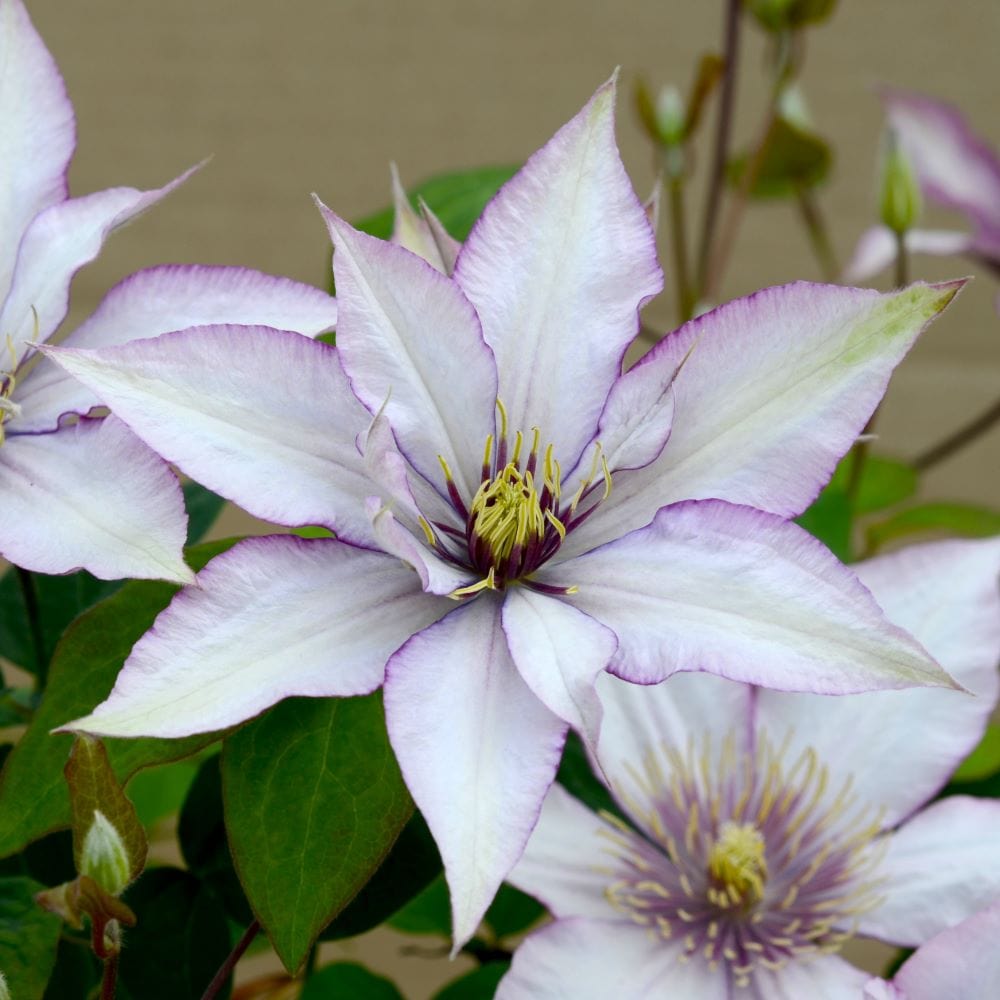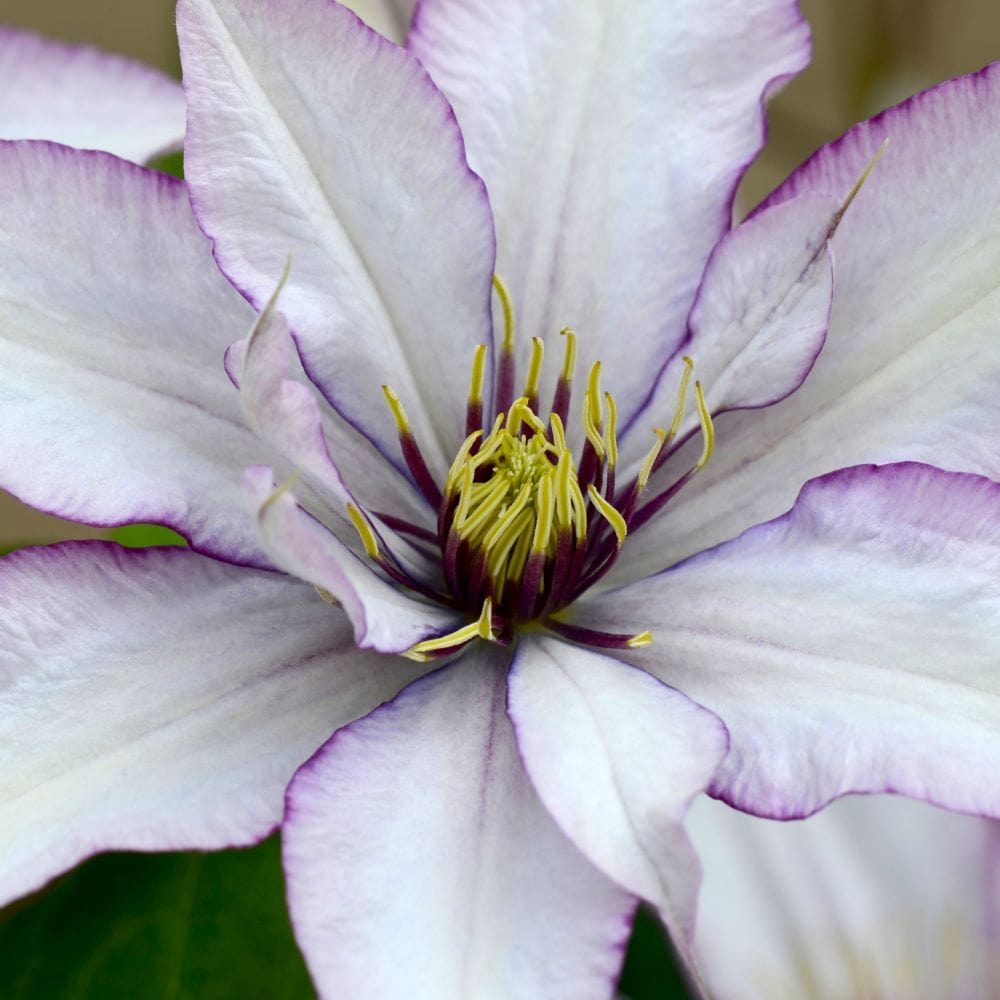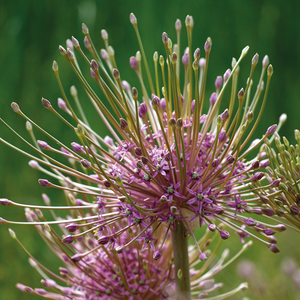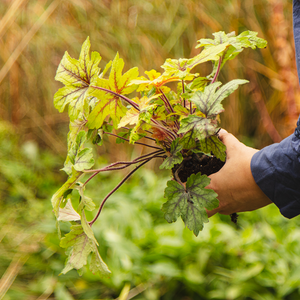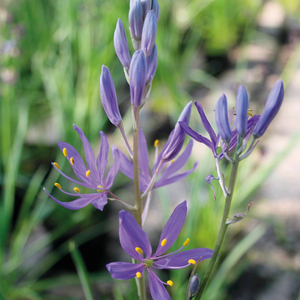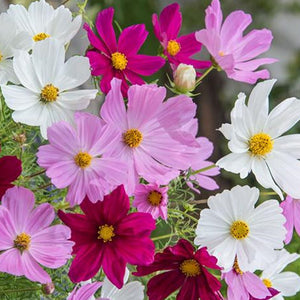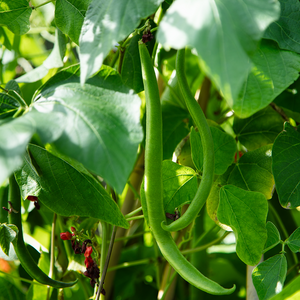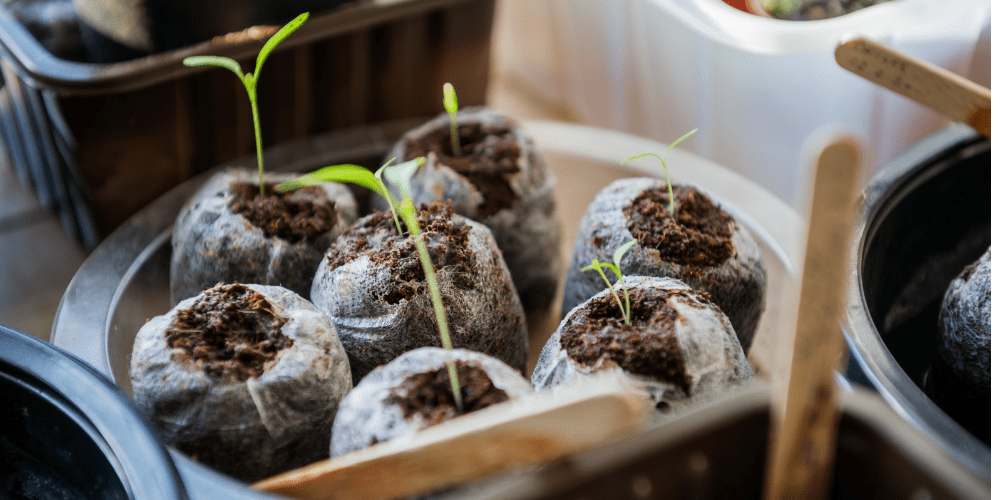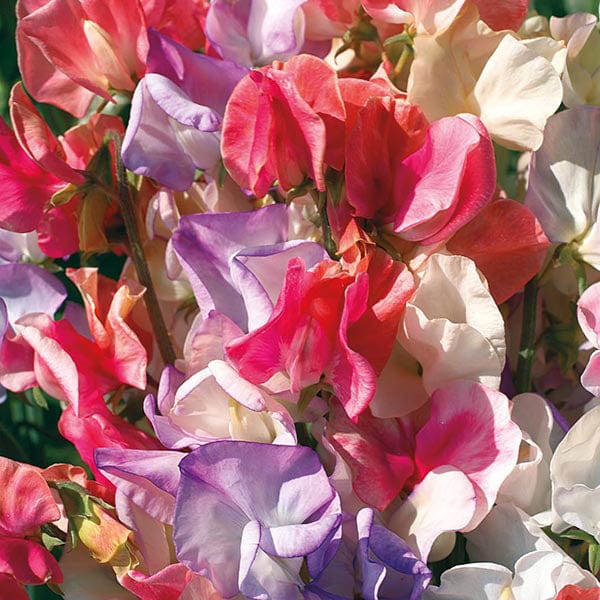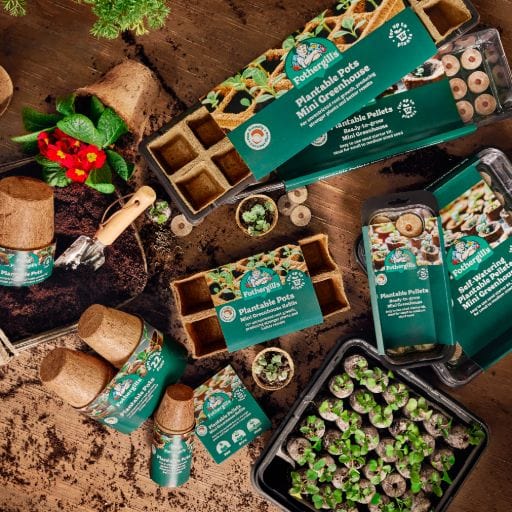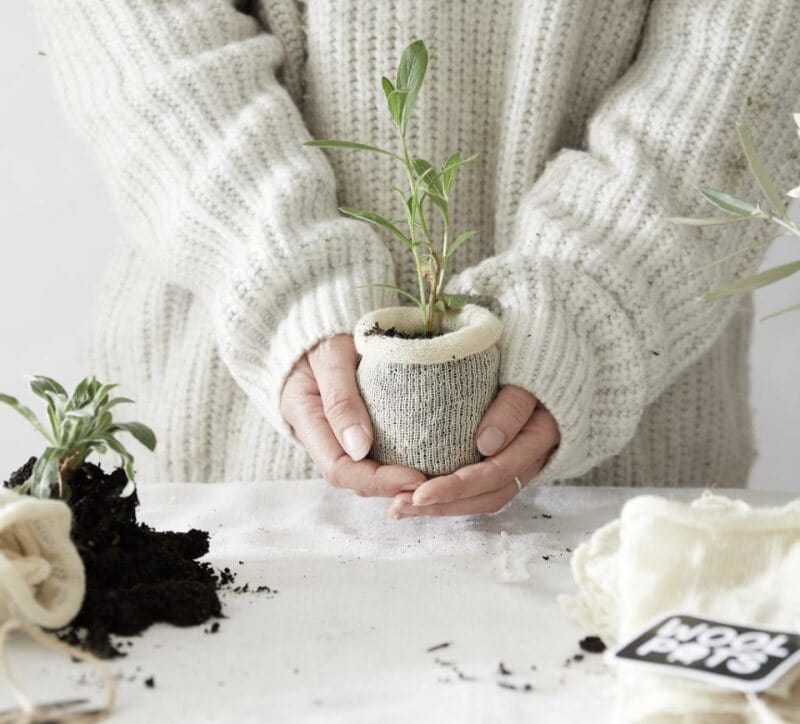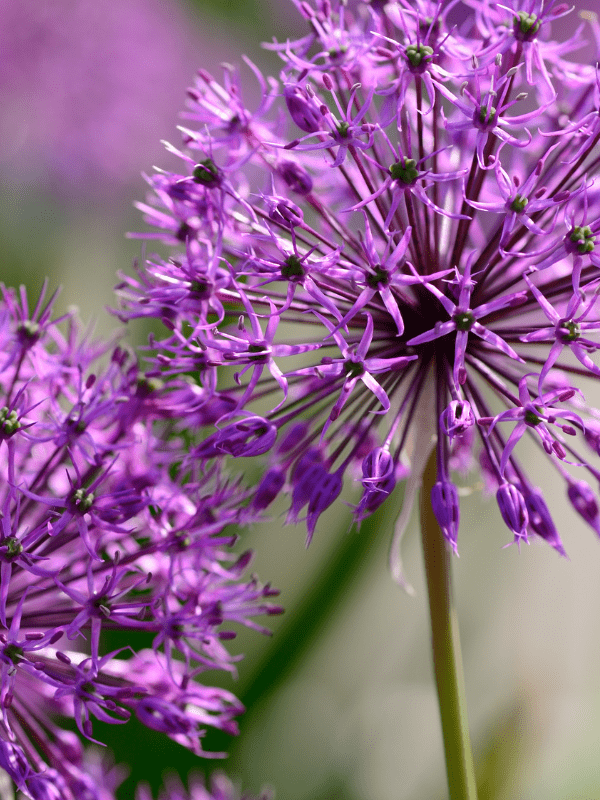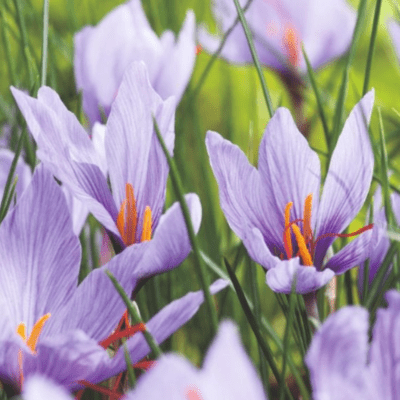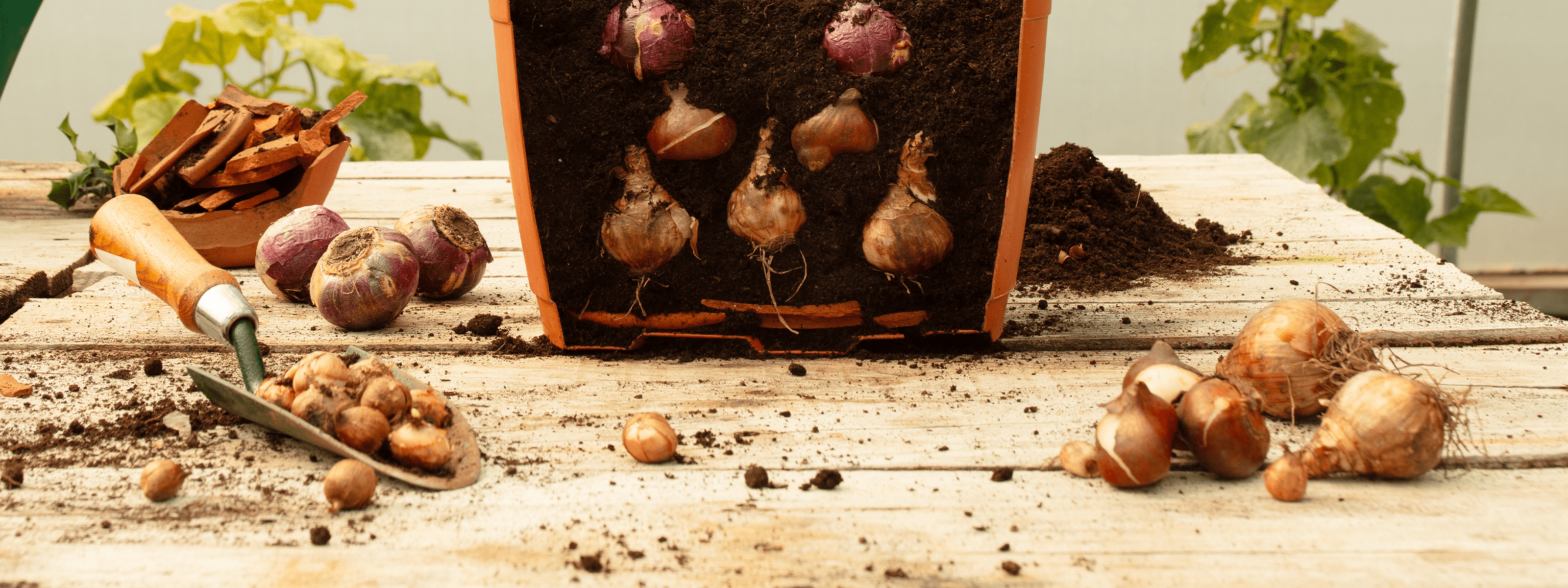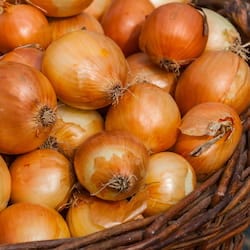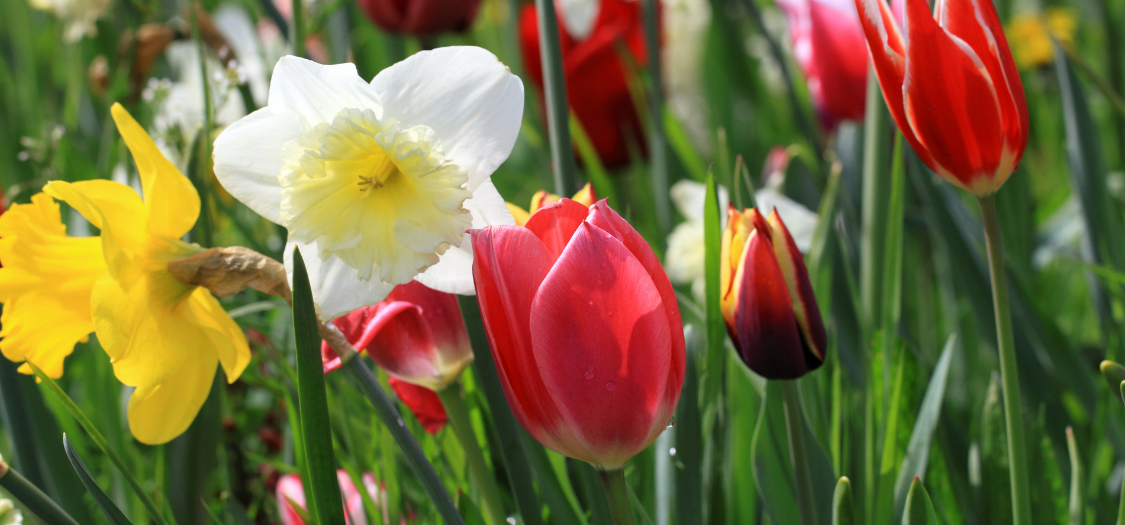Clematis can be planted out pretty much at any time of year as long as the soil conditions are suitable and as the soil is kept moist. In exposed locations, and for some of the less hardy varieties, they will get the best possible start if planted in spring, so they have time to get established over the summer, before winter sets in. In most sheltered gardens, planting in autumn is just as successful and has the benefit of warm soil for the roots grow into and possibly less need for watering as the likelihood of rain showers increases.
In nature clematis often scramble through shrubs and trees and this is a great way to grow them in the garden too. Otherwise, they can be encouraged to grow over any suitable support such as fences, trellis, archways, obelisks, or garden buildings. It is important to plant approx. 40cm (16”) away from a wall to avoid the area of dry soil that the shelter of a wall often creates. Plant approx. 60cm (2”) away from shrubs or trees to avoid the worst of the competition for water from the existing roots. As they grow the plants can then be trained towards their support. If the plants are already growing up a support such as canes, leave this in place to prevent damage to the main shoots, just add new canes to guide them onto their new main support.
Make a large planting hole and add a spade or two of multipurpose compost, some well-rotted manure if available and the addition of a handful or two or bonemeal is ideal. Mix up and set some of it aside, then place the clematis into the hole and backfill with the remainder of the soil and compost mix, firming in gently as you go.
Mulch plants in spring and for best growth and flower power, feed plants with organic Clematis Feed Pellets from Mr Fothergill's (code 57881) during the growing season from March to September.
